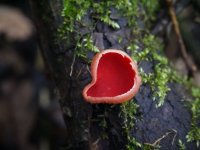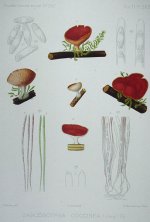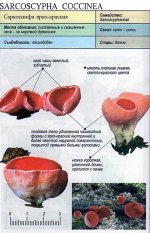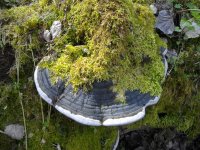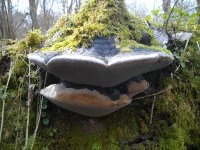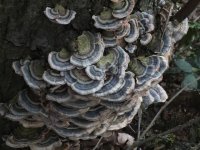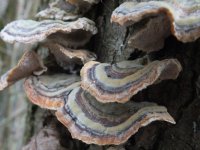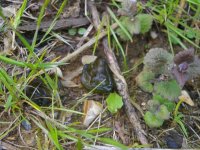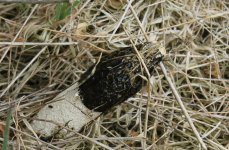Andy in Norfolk
Active member
Scarlet Elf Cups
Plenty of Scarlet Elf Cups showing well today, either side of the path between car park and visitor centre at Titchwell - the best but inaccessible specimens being in water about 10 metres north of the path.
Plenty of Scarlet Elf Cups showing well today, either side of the path between car park and visitor centre at Titchwell - the best but inaccessible specimens being in water about 10 metres north of the path.




